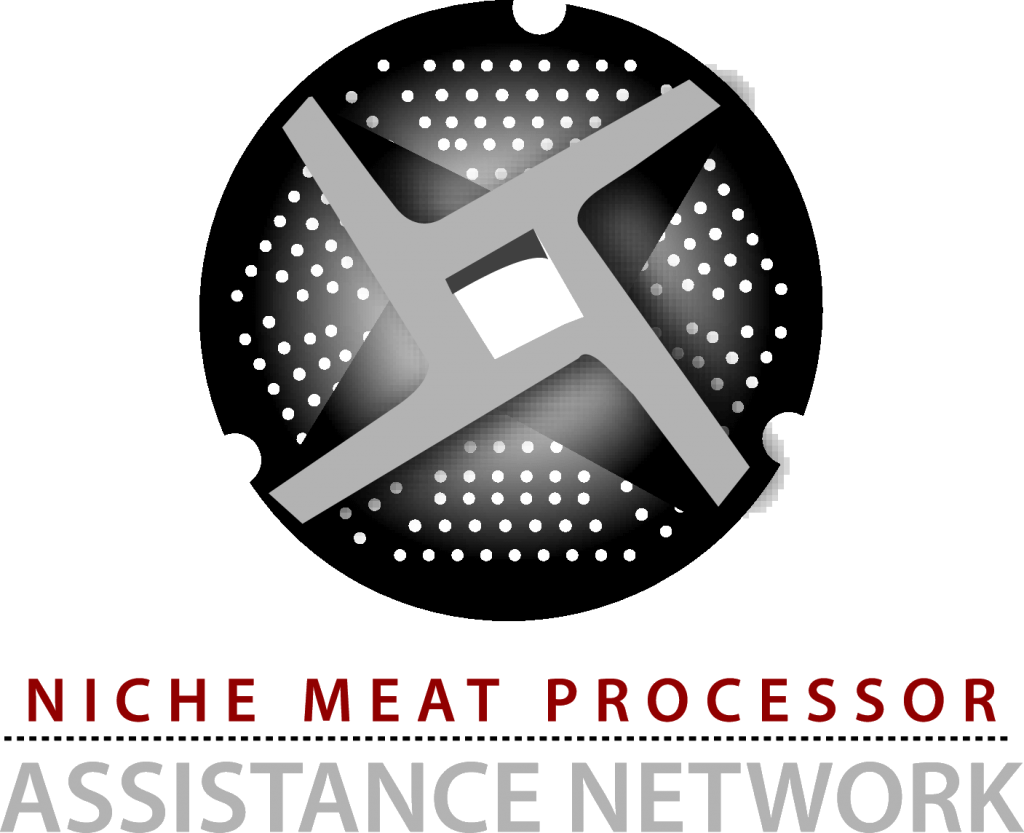This article is a sub-article of the larger article Mobile Slaughter Unit Costs and Revenues: Projections from Nevada.
Excerpted with permission from Curtis, K. R.*, M. Cowee, A. Acosta, W. Hu, S. Lewis, T. Harris. 2007. Locally Produced Livestock Processing and Marketing Feasibility Assessment. Technical Report UCED 2006/07-13: University Center for Economic Development, Department of Resource Economics, University of Nevada, Reno.
Mobile Slaughter Unit Basics
There are many benefits to a mobile slaughter unit: (1) USDA inspected meats can be sold at local stores and restaurants, (2) animals are treated more humanely, transport stresses are minimized or eliminated, and (3) transport costs are negated. {n1}
In 2002, a mobile slaughtering unit was developed by the Lopez Community Land Trust in the State of Washington, and put into service. Bruce Dunlop, an engineer as well as a resident beef and lamb farmer in Lopez Island, Washington, oversaw the engineering and fabrication of the mobile slaughterhouse. {n2}
Who Builds Mobile Slaughter Units
Mobile slaughter units are currently built by TriVan Truck Body, located in Ferndale, Washington. TriVan has a reputation for high quality work, long-term reliability, and excellent customer service and is considered the Northwest’s premier source for custom made truck bodies, trailers, and enclosures, all manufactured in a new, state-of-the-art production facility.
The mobile slaughter unit comes fully equipped without the need for refurnishing or additional equipment installation, and satisfies USDA inspection and licensing requirements. The unit consists of a mechanical and storage area, slaughter area and refrigeration area. Miscellaneous equipment includes knives, saws, scales and other necessary supplies. A semi truck tractor is necessary to pull the trailer and must be purchased separately, either new or used.
It takes approximately 14 – 20 weeks to receive a mobile slaughter unit. The purchase terms are 30% down at the time of the order, and the balance on completion. The approximate vehicle weight is 25,000 pounds. {n3}
Notes
n1: Info from Lopez Community Land Trust Dec. 2006, Jan. 2007.
n2: Info from Bruce Dunlop, Dec. 2006, Jan. 2007.
n3: Info from Marty Van Driel, Trivan, 2007.


